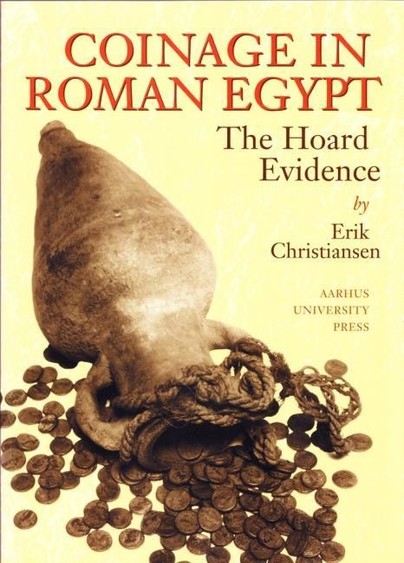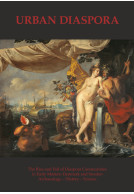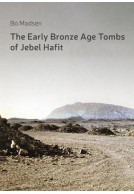Coinage in Roman Egypt (Paperback)
The Hoard Evidence
Imprint: Aarhus University Press
Pages: 208
Illustrations: illus
ISBN: 9788772889641
Published: 31st August 2004
Script Academic & Professional
Pages: 208
Illustrations: illus
ISBN: 9788772889641
Published: 31st August 2004
Script Academic & Professional
You'll be £17.95 closer to your next £10.00 credit when you purchase Coinage in Roman Egypt. What's this?
+£4.99 UK Delivery or free UK delivery if order is over £40
(click here for international delivery rates)
Need a currency converter? Check XE.com for live rates
(click here for international delivery rates)
Need a currency converter? Check XE.com for live rates
Durable and iconic, coins are some of the most revealing everyday objects left to us from the ancient world. For the most part, however, they have been considered the special domain of numismatists, who typically seek to assemble as many varieties as possible. But in focusing on the rarities that form a collection's highlights, numismatists slight contextual clues to economic history and the daily use of coins as money. In this volume, Erik Christiansen uses Alexandrian coin hoards -- meaning finds of at least two coins buried together -- to explore the use of money in Egypt from its conquest by Augustus in 30 BC to Diocletian's currency reform in AD 296. Although these finds, with their wide array of Graeco-Roman and Alexandrian reverses, have traditionally been classified as a part of Greek coinage, he demonstrates clearly that they belong to the Roman imperial coinage. The hoards also show that Roman Egypt enjoyed a widespread monetised economy, in addition to the credit system described in extant papyri. The relative abundance of such documents provides Christiansen with a good supplemental source of information for his conclusions. And since financial administration probably was quite uniform throughout the Empire, this book provides a useful window not only on Rome's shifting economic fortunes, but also on monetary policy in other parts of the Empire that did not leave behind the same rich heritage of coins and documents as Egypt.
Other titles in Aarhus University Press...















